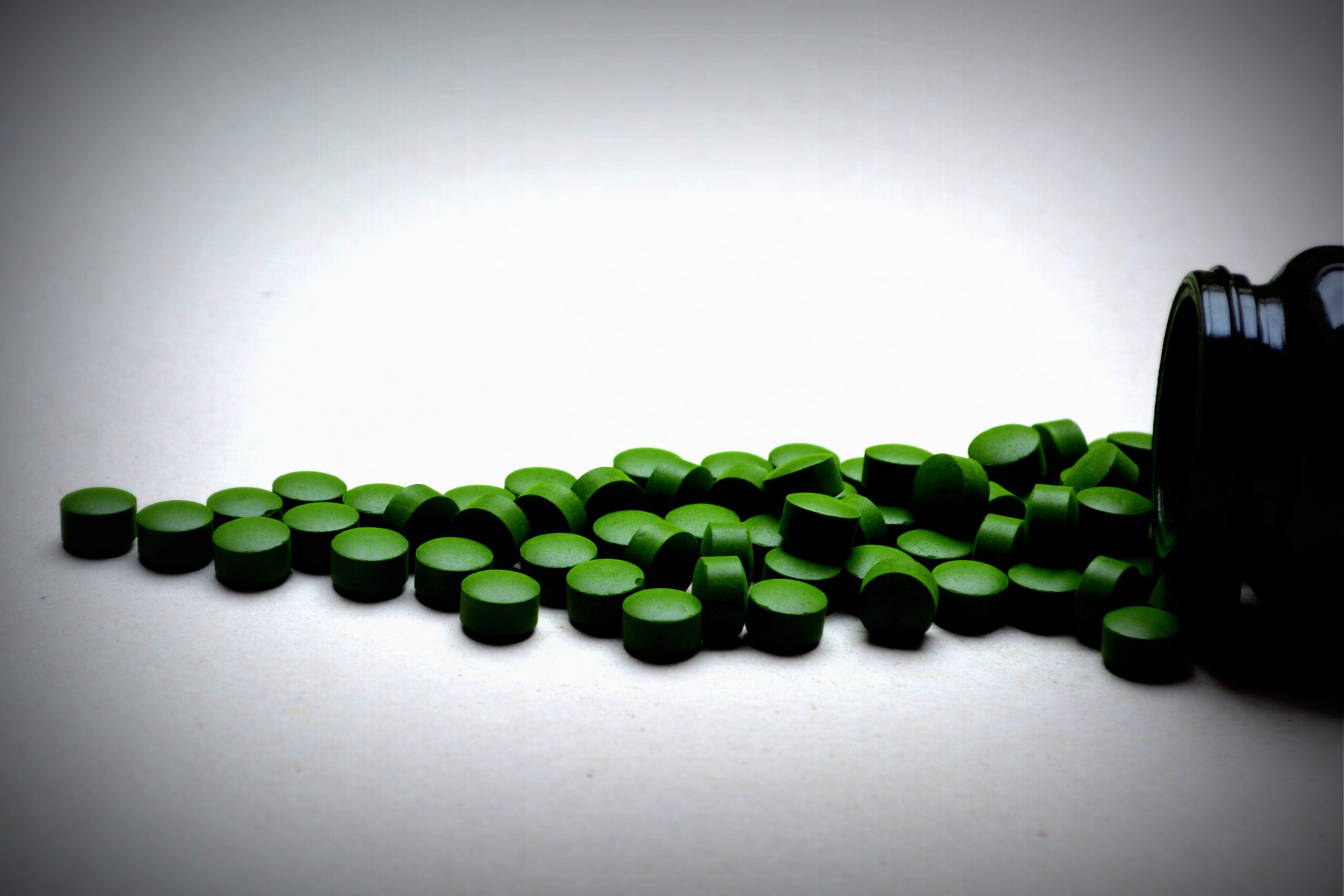Many accuse the pharmaceutical industry of “ever-greening” or extending patent protection by introducing new products that are slight improvements over older drugs.
Others may argue that incremental innovation may provide important benefits to patients, as evidenced by the heat-stable version of antiretroviral drug, Norvir. We may have no problem with granting patents and data exclusivity for radical innovation, as it allows innovators to recover their R&D costs from monopoly pricing and provides incentives for innovation that bring significant benefits to the public. However, for incremental innovation, the answer may not be clear.
Incremental innovation in this context refers to improvements over existing drugs, such as the discovery of new therapeutic uses, new formulations, paediatric uses or improvements in safety and efficacy. In both the United States and Europe, incremental innovations are granted patent and data exclusivity by national patent offices and drug regulatory agencies. Is it really worthwhile to grant incremental innovation a similar length of market exclusivity to radical innovations given that these two types of innovations provide completely distinct medical benefits to patients? Or, to put it another way, should we grant additional market exclusivity for incremental innovations in pharmaceutical industry? As we know, in most cases, incremental innovations incur much smaller innovation costs and deliver much smaller medical benefits, and granting the same length of patent protection may result in a greater loss of consumer surplus. Answering this question contributes to our efforts to constrain inflated healthcare expenditures, and to address the novelty of the patentability in intellectual property regime.
To answer this question, Nina Yin, in her recently published article of the IJIO, Pharmaceuticals, Incremental Innovation and Market Exclusivity, provides a structural estimate of demand and supply-side parameters for the market of selective serotonin reuptake inhibitor (SSRI) anti-depressants. By implementing counterfactual analyses of either removing the incremental innovations or removing the market exclusivities granting to the incremental innovations in SSRIs, this study compares the welfare effects between these counterfactual scenarios and the status quo in real world. The results show that the consumer surplus gains from incremental innovation in SSRIs are much smaller than the consumer surplus losses from extended market exclusivity. It suggests that the current market exclusivity provision warrants further study in the future.
Specifically, the introduction of incremental innovation without granting market exclusivity hurts competitors (both branded and generics for different molecule), but benefits the innovator and the generic counterpart producer. The overall effect on pharmaceutical firms is negative with intensified competition. However, the total social welfare is substantial and positive. And it is driven by the consumer surplus generated by newly available and improved drug. In contrast to the situation where there is incremental innovation without market exclusivity, granting market exclusivity confers monopoly power to the innovator and excludes generic counterparts from the market, so it certainly benefits the innovator. If the incremental innovation is less competitive, the original demand at the generic counterparts may shift to the brand rival. This will likewise make other branded rivals profitable. For consumers, the increased exclusivity period will reduce welfare. Similarly, reduced demand for generics hurts generic manufacturers.
Overall, the market exclusivity granted for incremental innovations in SSRIs resulted in a loss of social welfare of between $4.78 billion and $11.68 billion over the period 1996–2011. Moreover, Nina Yin’s study finds that even in the absence of market exclusivity incentives, developing incremental innovations can still be profitable for innovators in some cases. Thus, if the loss of consumer surplus due to monopoly pricing is taken into account, the additional provision of market exclusivity granted to incremental innovations in the SSRI market will do more harm than good.

